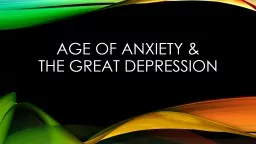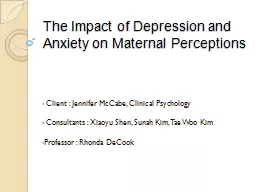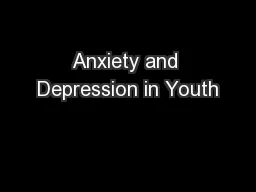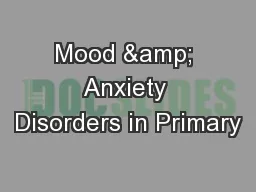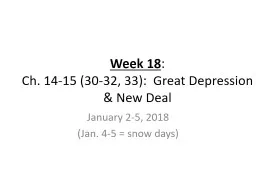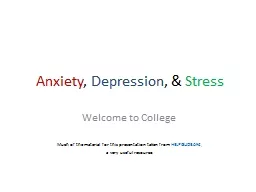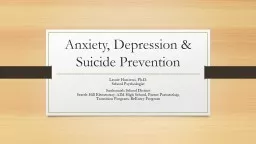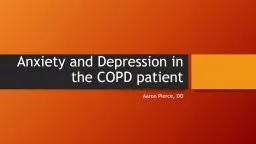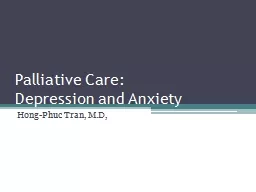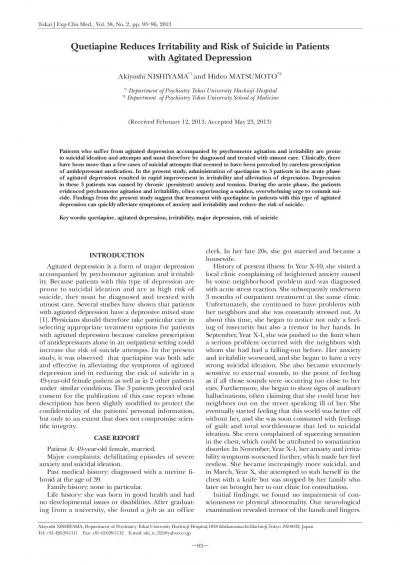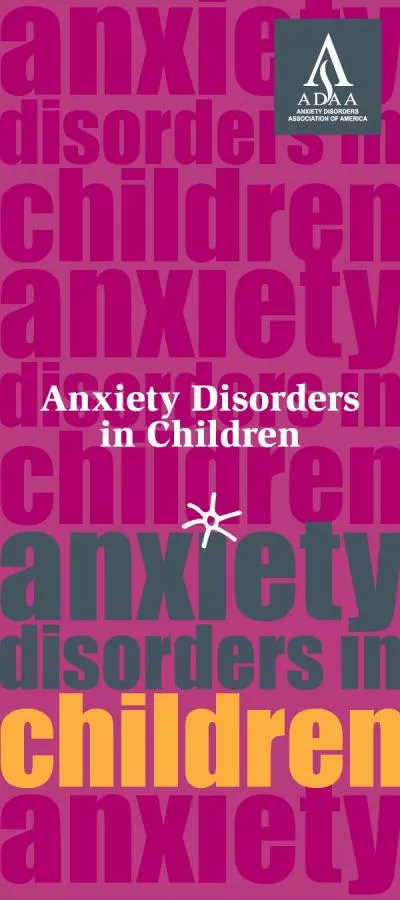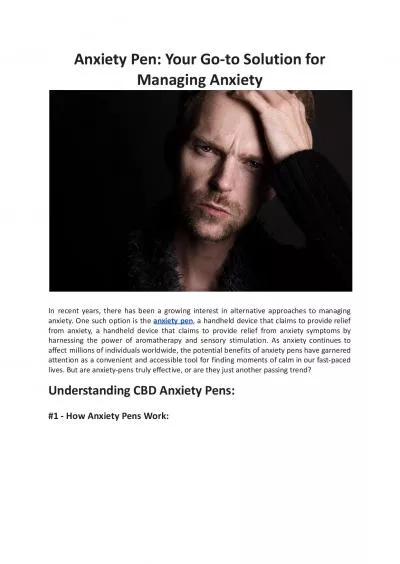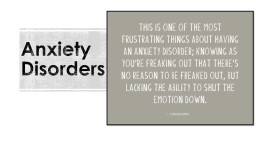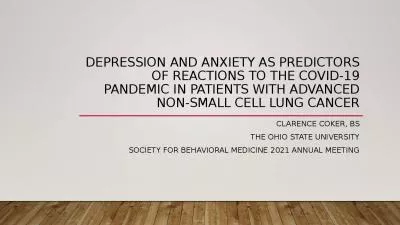PPT-Age of Anxiety & The Great Depression
Author : lindy-dunigan | Published Date : 2018-10-30
Impact of WWI End of the Old Order changing political structures of Europe Fear of Bolshevism Communist revolutionaries throughout Europe Desire for tradition
Presentation Embed Code
Download Presentation
Download Presentation The PPT/PDF document "Age of Anxiety & The Great Depressi..." is the property of its rightful owner. Permission is granted to download and print the materials on this website for personal, non-commercial use only, and to display it on your personal computer provided you do not modify the materials and that you retain all copyright notices contained in the materials. By downloading content from our website, you accept the terms of this agreement.
Age of Anxiety & The Great Depression: Transcript
Download Rules Of Document
"Age of Anxiety & The Great Depression"The content belongs to its owner. You may download and print it for personal use, without modification, and keep all copyright notices. By downloading, you agree to these terms.
Related Documents

